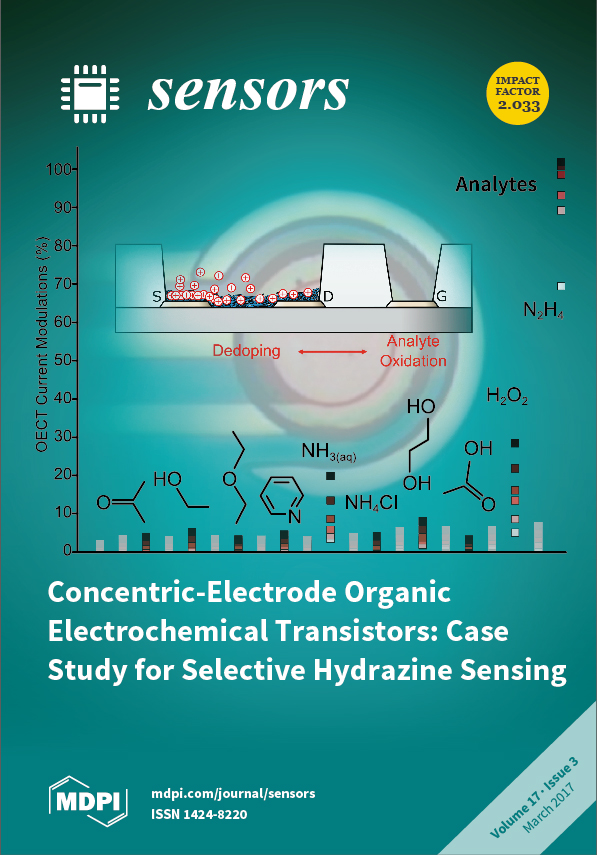A novel micro-electro-mechanical systems (MEMS) inertial microswitch with a flexible contact-enhanced structure to extend the contact duration has been proposed in the present work. In order to investigate the stiffness
k of the stationary electrodes, the stationary electrodes with different shapes, thickness
h
[...] Read more.
A novel micro-electro-mechanical systems (MEMS) inertial microswitch with a flexible contact-enhanced structure to extend the contact duration has been proposed in the present work. In order to investigate the stiffness
k of the stationary electrodes, the stationary electrodes with different shapes, thickness
h, width
b, and length
l were designed, analyzed, and simulated using ANSYS software. Both the analytical and the simulated results indicate that the stiffness
k increases with thickness
h and width
b, while decreasing with an increase of length
l, and it is related to the shape. The inertial micro-switches with different kinds of stationary electrodes were simulated using ANSYS software and fabricated using surface micromachining technology. The dynamic simulation indicates that the contact time will decrease with the increase of thickness
h and width
b, but increase with the length
l, and it is related to the shape. As a result, the contact time decreases with the stiffness
k of the stationary electrode. Furthermore, the simulated results reveal that the stiffness
k changes more rapidly with
h and
l compared to
b. However, overlarge dimension of the whole microswitch is contradicted with small footprint area expectation in the structure design. Therefore, it is unreasonable to extend the contact duration by increasing the length
l excessively. Thus, the best and most convenient way to prolong the contact time is to reduce the thickness
h of the stationary electrode while keeping the plane geometric structure of the inertial micro-switch unchanged. Finally, the fabricated micro-switches with different shapes of stationary electrodes have been evaluated by a standard dropping hammer system. The test maximum contact time under 288 g acceleration can reach 125 µs. It is shown that the test results are in accordance with the simulated results. The conclusions obtained in this work can provide guidance for the future design and fabrication of inertial microswitches.
Full article






